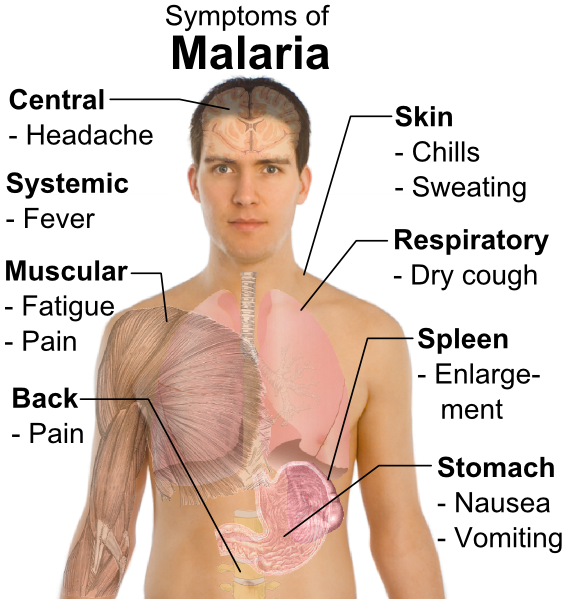
Researchers at Washington University School of Medicine in St. Louis report in PLoS: Pathogens that the genetic regulatory system known as RNA interference (RNAi) is present in Leishmania braziliensis, the South American strain of the parasite.
RNAi likely helps Leishmania braziliensis keep its genetic material in order, use that genetic material properly and avoid infection by some viruses. But scientists can easily seize control of RNAi to shut down the activity of specific parasite genes, allowing them both to learn which genes are most important and to devise new infection-fighting therapies that use RNAi to disable critical genes.
“the tools and techniques that become available when a parasite has RNAi are phenomenally useful,” says Stephen Beverley, PhD, Marvin A. Brennecke Professor and head of the Department of Molecular Microbiology. “They allow us to stop the activity of any gene with remarkable ease, speed and specificity, and that’s going to have a big impact on our field.”
Leishmania infection, known as leishmaniasis, affects an estimated 12 million people worldwide. it is mainly spread by sand fly bites and is a major public health problem in Asia, Africa, the Middle East, South America and other parts of the developing world. Symptoms include large skin lesions, fever, swelling of the spleen and liver, and, in more serious forms of the disease, disfigurement and death.
The ability to selectively disable genes has long been key to the study of pathogens. if loss of a gene in the lab makes a pathogen less adept at causing infection, this typically leads to a search for drugs that can disable that gene’s protein and potentially cure infections in the clinic. However, certain aspects of Leishmania’s life cycle and genetics have always made it difficult and time-consuming to genetically alter the parasite using traditional approaches, and microbiologists have a list of thousands of Leishmania genes that they want to probe. this led Beverley and his colleagues to be very interested in whether Leishmania has RNAi soon after the system was discovered in plants in the 1990s.
RNA is a single-stranded nucleic acid that copies information from genes in the double-stranded DNA. When the genetic information has been transcribed into RNA, it acts as an order slip for creation of the gene’s protein.
When double-stranded copies of the gene’s RNA are detected, RNAi shuts down production of the protein. Scientists believe it’s a way for cells to block the production of proteins from viral RNA, which is sometimes double-stranded.
Initial searches in the early 2000s failed to find any signs of RNAi in most Leishmania species, but when the complete genome of Leishmania braziliensis recently became available, Beverley once again began sifting through the genetic code. this time he found a key RNAi gene known as Argonaute. this gene was also seen by researchers Christian Tschudi, PhD, and Elisabetta Ullu, PhD, at Yale School of Medicine, and Beverley’s group struck up a collaboration with them.
“It’s possible for this gene to be present without the system being active, so two researchers in my laboratory, Lon-Fye Lye, PhD, and Katherine Owens, conducted a series of tests,” Beverley says. “these showed that Leishmania braziliensis has an active RNAi system that functions more or less in the way we would expect it to — when double-stranded copies of a gene’s RNA are present, the system shuts down production of that gene’s protein.”
RNAi therapies are under development for cancer, diabetes and other conditions. some of these initiatives have developed ways to activate RNAi by delivering double-stranded RNA to immune cells known as macrophages, which are the cells Leishmania typically infects. According to Beverley, it may be possible to adapt such approaches for treatment of Leishmania braziliensis, using RNAi to shut down key parasite genes or host genes the parasite exploits.
The discovery presents an interesting evolutionary puzzle, according to Beverley: why does Leishmania braziliensis still have RNAi while other Leishmania species do not? Evolutionary biologists think RNAi originated with earliest ancestors of eukaryotes, a domain of life that excludes only bacteria, viruses and a few other odd life forms.
“if we can understand why this happened, we may be able to better understand the biology of the disease Leishmania braziliensis causes, which differs greatly from other Leishmania species lacking RNAi,” he says. “In most species RNAi protects against viruses, but it’s possible that at some point in Leishmania’s evolutionary history it became advantageous to have a viral infection.”
Another possibility, according to Beverley, is that losing RNAi allows the parasite’s genome to change more rapidly. Viral infections can cause these alterations, as can parasitic segments of genetic material in Leishmania’s DNA known as transposons. With RNAi gone, it’s much easier for such factors to alter Leishmania’s DNA in ways that might sometimes help the parasite adapt to environmental challenges.
Beverley says tests under way now provide preliminary support for both of these ideas.
He would like to try transplanting RNAi into other Leishmania strains, which have significant genetic variations. But a thorough assessment of the genes involved in RNAi in the South American strain will be necessary first.
“In the meantime, we’ve got thousands of genes in Leishmania braziliensis that we’d like to study with RNAi: genes that are unique to the parasite, or to different forms of the disease, or are active in various stages of infection, so the main question now is where do we start?” he says.